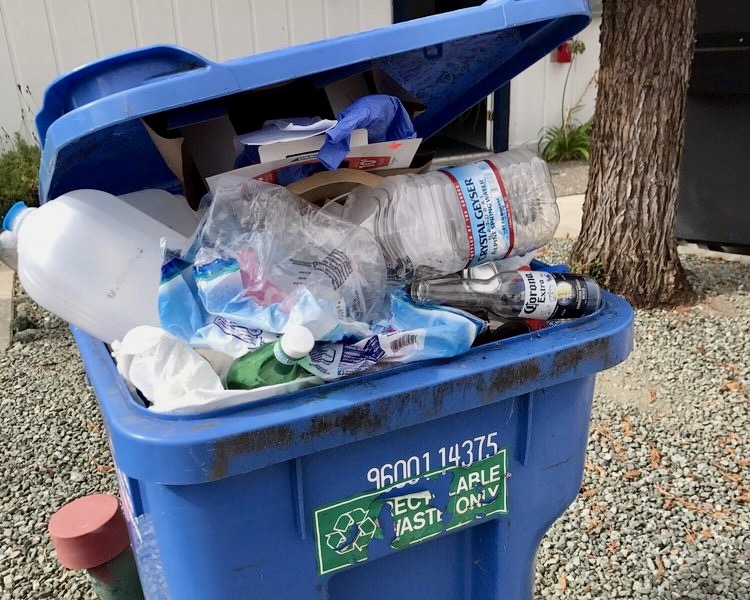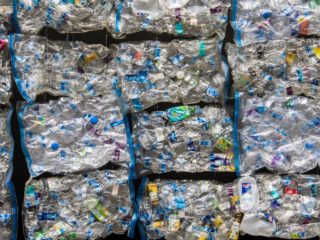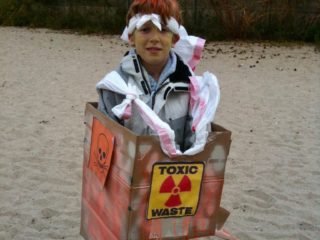Is COVID-19 killing recycling (plastic recycling, to be specific)? It may look like business as usual in your community, but the pandemic has exacted a toll on the recycling industry, and those recyclables you’re placing in the curbside bin could instead be headed for the landfill.
Most of us don’t think about the recycling process — a topic that likely elicits a yawn or two — but the more I learn, the more I realize how much we don’t understand about an industry that is intended to be the lifeline for waste reduction. It’s easy to forget (or not realize at all) that this is a profit-driven industry that, like any other, is subject to the whims of supply and demand. Layered over this hard reality, however, is a cloak of environmental do-goodism: the (arguably, greenwashed) message that recycling helps save the planet by reducing all that waste we generate.
Challenges to the Recycling Process
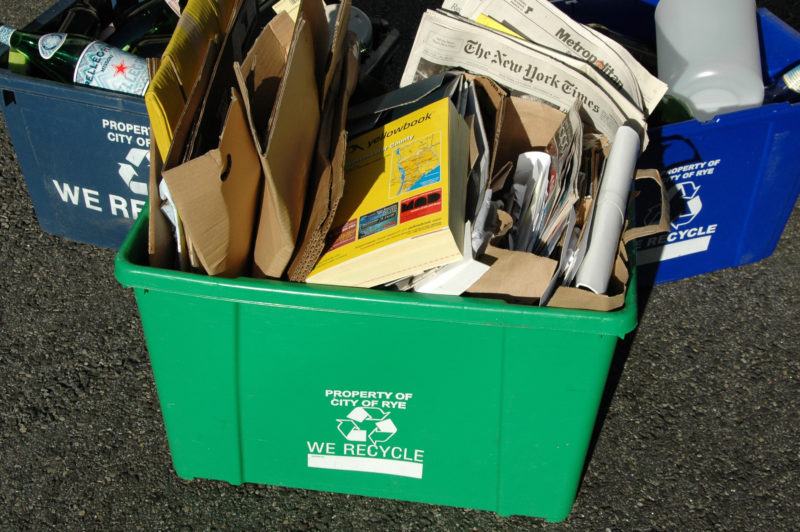
It’s only natural to assume that all those recyclables we discard in the curbside bin end up being turned into new, useful products. Unfortunately, that couldn’t be further from the truth. Most items don’t get recycled. In fact, while Americans generate more than 12% of the world’s garbage, our recycling rate for all materials is a paltry 35%. For plastic, it’s even worse, with only 9% recycled.
Why are the rates so low? There are multiple obstacles a recyclable item must navigate in order to wind its way — like a salmon swimming upstream — from the curbside bin before being transformed into a shiny new recycled product.
One of the most recent and devastating roadblocks was China’s 2018 National Sword Policy that instituted draconian purity standards on imported recyclables. With 70% of recyclables previously shipped to China, National Sword brought the industry to a crashing halt as commodity prices plunged and waste companies scrambled to find new buyers. This collapse is just one of six in the last 30 years, prompting the question of why we’re relying on such a volatile industry to solve our ever-expanding waste crisis.
Another hurdle is recycling confusion and wish-cycling items that aren’t recyclable. It’s difficult enough to learn the slew of recycling dos and don’ts, only to be then subjected to the idiosyncrasies of our locality’s rules. Not only have the rules become more complicated, but the quantity and types of packaging and products have also increased dramatically since curbside recycling was first introduced. Not surprisingly, mistakes abound, with items tossed in bins that shouldn’t be there. It doesn’t take much for a few contaminated items to render an entire load of recyclables unfit for the end market and the pile ends up dumped or incinerated.
New Pressures on the Recycling Industry
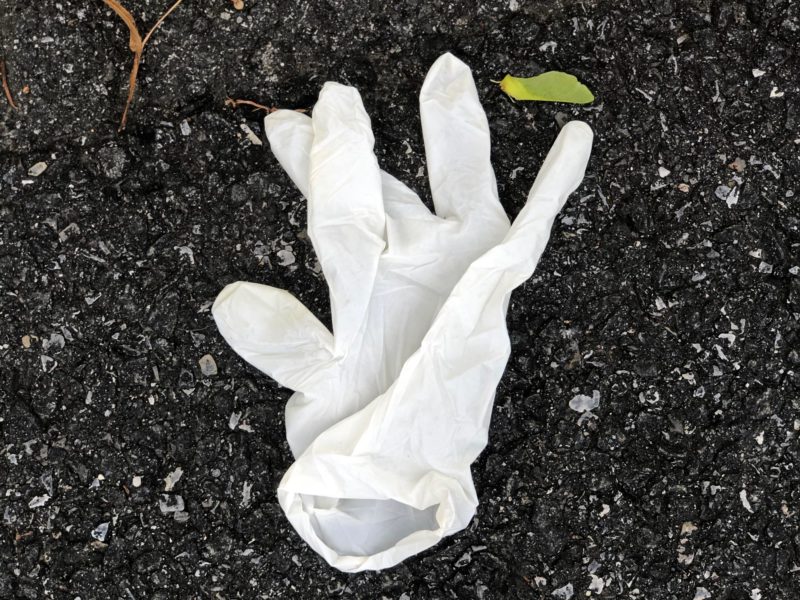
Now there’s a new obstacle that’s arguably killing recycling: COVID-19. While the pandemic isn’t the sole culprit in adding stresses to the industry, it hasn’t helped what was already a precarious situation.
The pandemic prompted many communities to suspend curbside collection services as waste management staff was reduced to comply with safety measures. In addition to curbside recycling programs, private businesses, including airlines and grocery stores, halted their collection services and programs. Compounding the problem was the surge in recyclables (peaking at a 20% increase in April) as people quarantined and spent more time at home.
At recycling facilities, which depend on the hands-on work of their employees to sort and separate recyclables, the need to ensure social distancing among workers has caused disruptions, delays, and suspensions. At one facility, for example, curbside recycling was suspended because the recycling contractor’s employees – inmates at a local prison – had been quarantined.
The upshot is that most recyclables aren’t being recycled. According to a recent Waste 360 survey of recycling services, recyclables are being sent directly to the landfill or minimal sorting is occurring. Some stopped any manual sorting, and others allowed all recyclables to be mixed stopping all sorting. There were a few instances where recycling was stopped completely.
As the infection rates have declined in some areas, many recycling programs have been reinstated, but these programs are returning to an environment where curbside recycling services had already been under pressure due to municipal budget constraints. Trade publication Waste Dive predicts more cancellations and suspensions in the months ahead due to financial constraints.
Is COVID-19 Killing Recycling?
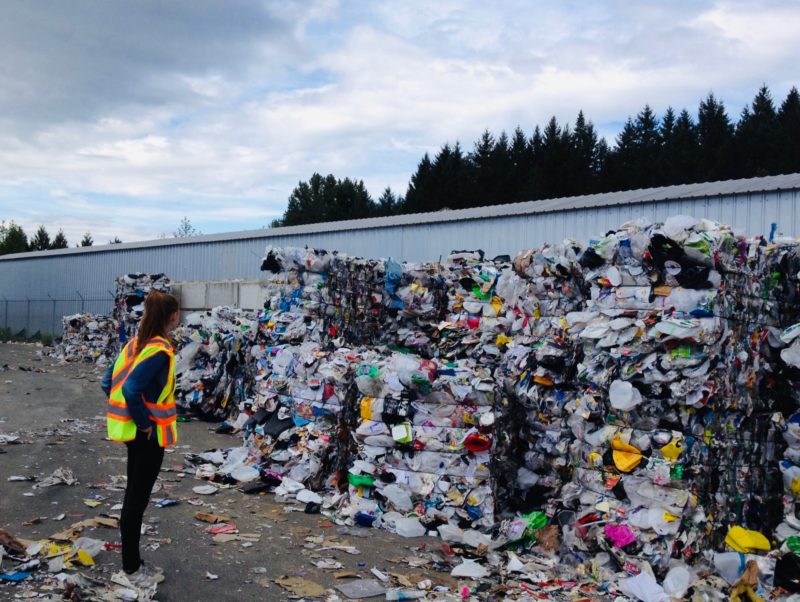
So is COVID-19 killing recycling? I’d argue that recycling, as the lauded solution to waste reduction, has always been on shaky ground. The pandemic has made matters worse and revealed the industry’s vulnerabilities. Along with plummeting oil prices that make virgin plastic (made from petroleum) cheaper than the recycled version, you have to ask, who is actually buying this stuff that you’ve faithfully placed in the recycling bin?
To be clear, I’m not advocating killing recycling. When it works, recycling has its use and purpose as a waste reduction tool, but it’s not the only tool, and clearly not the most effective. We’ve been conditioned to think it is and for years it has been the plastics industry’s convenient fix to justify continued production of environmentally hazardous products.
A more effective way to reduce waste is to minimize the waste we generate in the first place by avoiding single-use disposable items and products with excessive packaging. An even more effective step is to call for systemic changes in how products are manufactured, packaged, and disposed of by supporting legislation that holds manufacturers accountable for the waste they generate. It’s election season, and your vote in local, state, and national elections can make a difference in supporting candidates that support environmentally-friendly policies.

